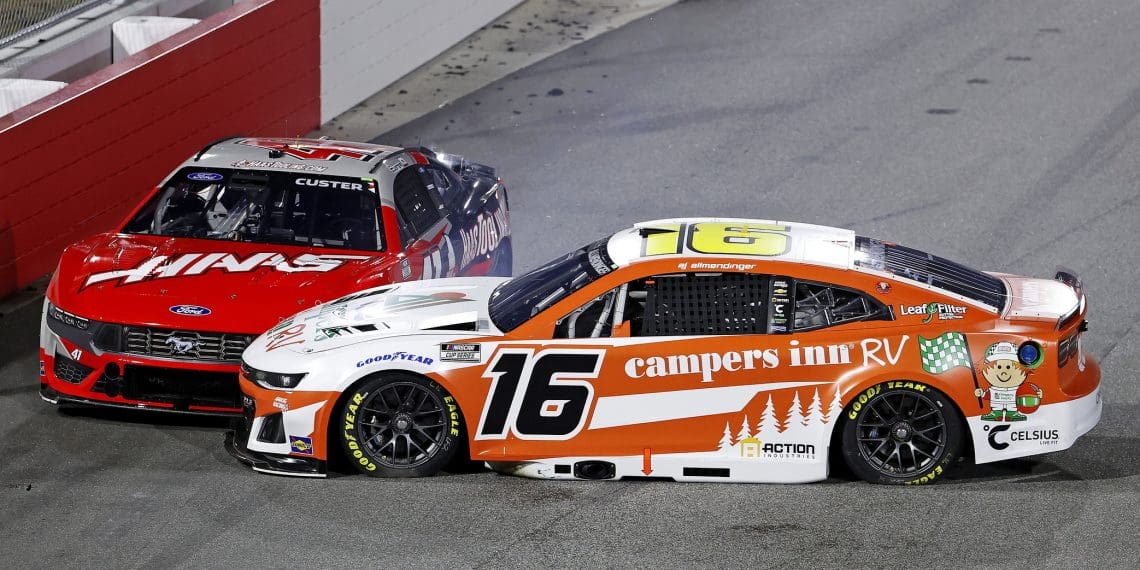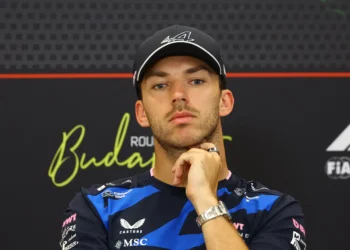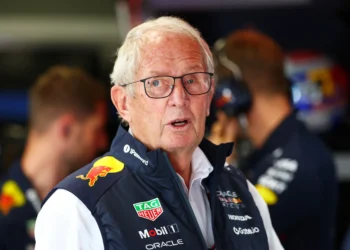The Cook Out Clash at Los Angeles Memorial Coliseum delivered exactly what NASCAR promised—tight, thrilling, and unpredictable racing on a compact quarter-mile track that tested the limits of even the sport’s best drivers. While the race drew its fair share of praise and criticism, one NASCAR legend isn’t here for the complaints. Dale Earnhardt Jr. is standing firm: this was racing at its purest.
A Quarter-Mile Battle That Brought the Action
For the third consecutive year, NASCAR’s Clash at the Coliseum brought the sport to a stadium-sized battlefield, turning an iconic venue into a gladiator pit for stock car racing. The race’s unique, no-pit-stop format forced drivers to manage their tires, fuel, and aggression over 200 intense laps.
With bumpers banging and fenders rubbing, it was a fight for every inch of track—and some drivers didn’t make it out unscathed.
- Kyle Busch found himself spun and two laps down early, his night derailed before it even truly began.
- Brad Keselowski suffered a similar fate, unable to recover from an unfortunate tangle.
- Denny Hamlin’s fierce challenge saw him briefly snatch the lead, only for Chase Elliott to claw it back with a blistering pace.
- Ryan Blaney, starting from way back in 23rd, put on a masterclass, methodically carving his way to second place without a scratch on his car.
It was a chaotic, no-holds-barred, short-track dogfight—and yet, some fans and analysts questioned whether the Coliseum format was too gimmicky.
Dale Earnhardt Jr.: ‘No Gimmicks, No Silliness—This Was Real Racing’
Dale Earnhardt Jr., a 26-time NASCAR Cup Series winner, wasn’t having any of it. He defended the Clash’s intense, no-nonsense format, dismissing complaints about the tight track and constant contact.
“We’ve debated formats for a long time, and I’m kinda tired,” Earnhardt said.
“I was entertained with this one. I would keep it the way it is. It was a pure race. No gimmicks. No inverting and silliness.”
For Earnhardt, the tight, short-track environment brought strategy and decision-making to the forefront, forcing drivers to adapt or be taken out.
“It’s up to you whether you want the inside or the outside at this track. Am I gonna drop down in the corner and risk getting punted? Or run into the guy in front of me, charging the corner?”
His point? This wasn’t about artificial drama or format manipulation—this was a test of skill, guts, and instinct.
A Throwback to Classic NASCAR Battles
For Earnhardt and longtime NASCAR fans, the Clash was a reminder of what stock car racing is meant to be—hard-fought, door-to-door battles with no room for error.
- Heat races were packed with action, with 10-car battles playing out across every screen.
- The Last Chance Qualifier was a war zone, with multiple fights breaking out for the final transfer spots.
- Four-wide racing became a reality, proving that even on a quarter-mile track, great racing can thrive.
“You couldn’t get enough. That’s exactly what you want to feel when you’re watching the race,” Earnhardt emphasized.
Fans & Drivers Want More—Will the Clash Return in 2026?
Despite the criticisms, NASCAR’s gamble on a stadium-style short track is paying off. The fans loved it. The drivers embraced it. And the action was nonstop.
Even those who suffered bad luck, like Busch and Keselowski, couldn’t deny the pure entertainment value of the race. The format showcased driver skill, aggression, and strategy in a way that brought short-track racing back to its grassroots appeal.
Now the question is: Will NASCAR stick with the Coliseum, or tweak the format in the future?
For Earnhardt, there’s nothing to fix—the Clash is already a must-watch event.
“It was a pure race,” Earnhardt concluded. “No gimmicks, no nonsense. Just racing the way it should be.”
And if NASCAR continues to embrace this kind of raw, no-frills competition, it’s clear the fans will keep coming back for more.













